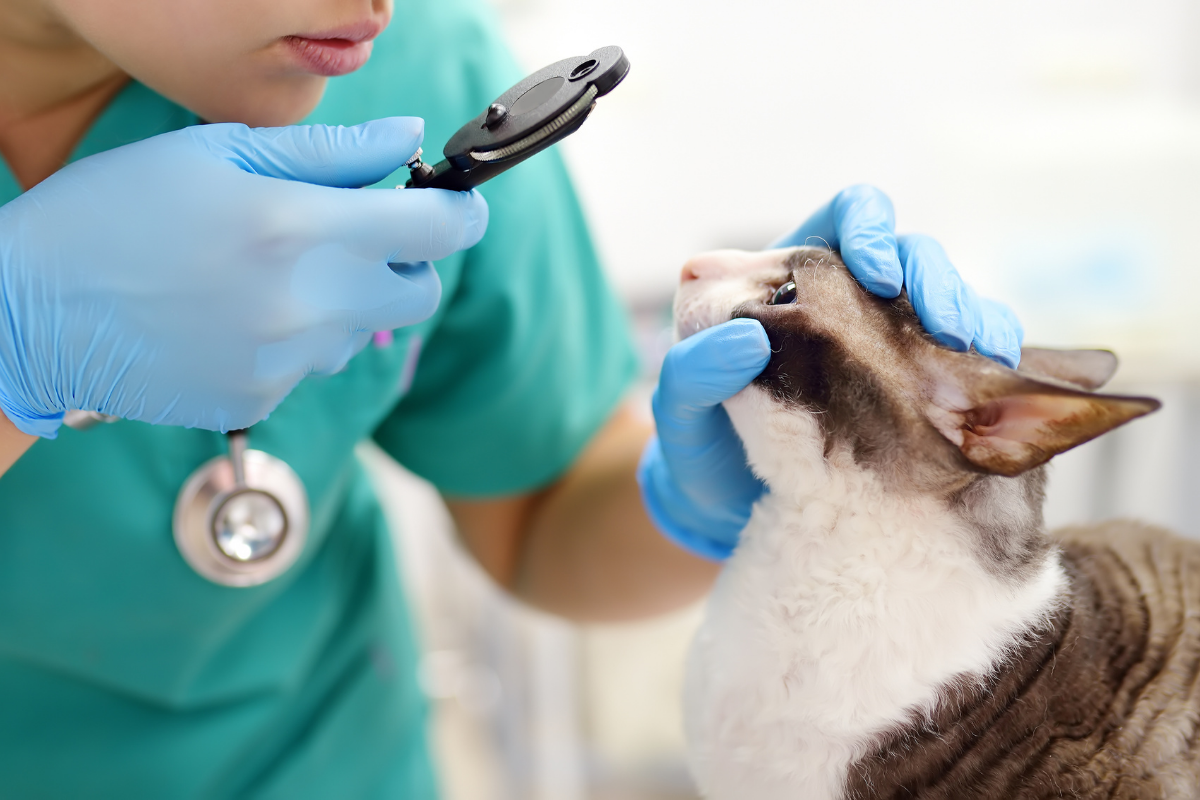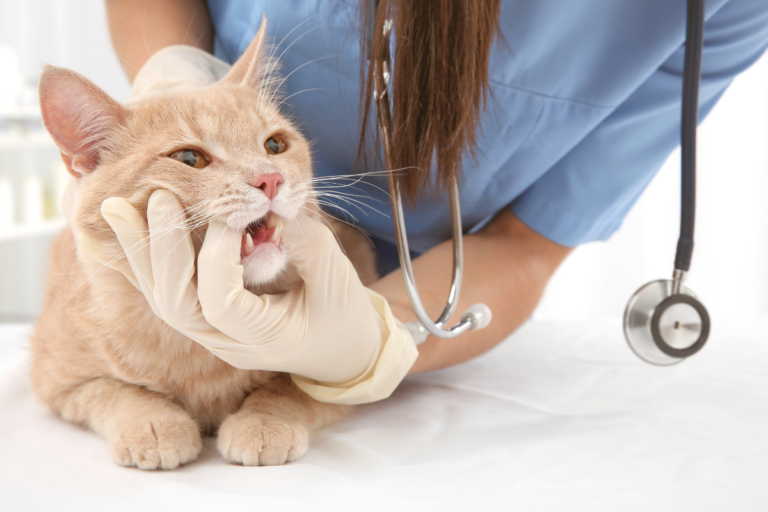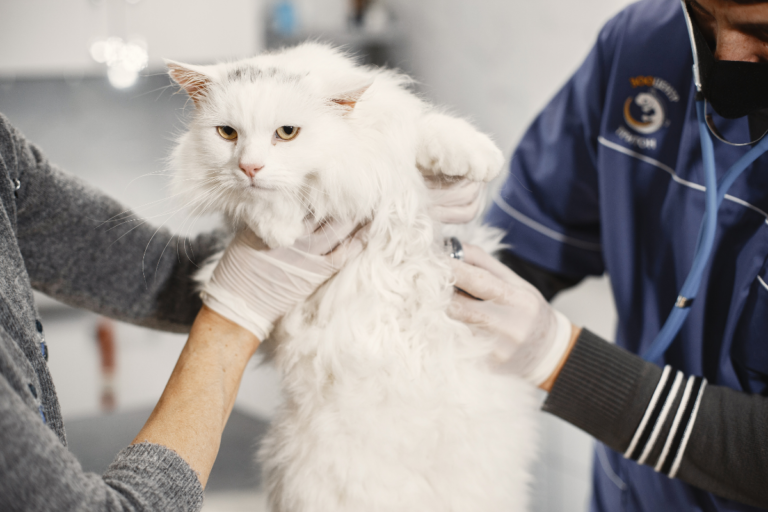Cats Call for Help: Knowing When Worm Symptoms Strike
Understanding Worms in Cats
Common Types of Worms
So, you’ve got a cat, and you’re worried about worms turning your little furball into a motel for freeloading parasites. We get it, and it’s totally normal to be concerned. Here’s the lowdown on the usual suspects lurking in your kitty’s system and how they make their entrance:
| Worm Type | Description | How They Sneak In |
|---|---|---|
| Roundworms | These guys look like spaghetti that’s overstayed its welcome in the litter box. | Your cat might pick them up from chasing rodents, nosing around dirty soil, or nursing from mom. |
| Hookworms | Tiny little vampires that latch onto the intestines and suck blood. | They hide in tainted soil or wiggle in through the skin. |
| Whipworms | Hang out in the large intestine, making themselves right at home. | Found in bad soil or yummy-looking but sketchy water. |
| Tapeworms | These flat, segmented ghouls might pop up near your cat’s back end. | Your cat acquires them from flea feasts or munching on critters. |
| Heartworms | The worst kind, hitting the heart and blood vessels. They’re no joke. | Gifted by a not-so-friendly mosquito. |
| Lungworms | These pests settle in the lungs, messin’ with breathing. | Another reason to avoid dining on rodents or snails. |
Over a quarter of our furry pals have roundworms, says PetMD.
Symptoms to Watch Out For
Cats won’t exactly tell you when they have unwanted guests. But their behavior drops a few hints. Here’s what you need to scope out:
| Symptom | What’s Going Down | Connections You Should Make |
|---|---|---|
| Diarrhea | Your cat gets a case of frequent runs, maybe even bloody. Gross, we know. | Keep an eye on hydration, and maybe rethink the snacks. |
| Vomiting | More than hairballs, this could mean a parasite party inside. | Look out for eating struggles and water losses. |
| Pot-bellied Abdomen | Your kitten suddenly looks like it swallowed a basketball. | Expect cranky behavior and sleepy vibes. |
| Weight Loss | The scales don’t lie—food in, but nothing sticks. | Watch for extreme hunger pangs. |
| Dull Hair Coat | Your cat’s once glorious fur is now a hot mess. | Poor cleaning, tired kitty, or a general blah look. |
| Pale Gums | Gums losing their normal pink glow could spell anemia. | Fatigue and weakness may follow. |
| Coughing | Persistent coughs could be lungworms throwing a rager. | Listen for wheezing, and watch for labored breathing. |
Notice anything funky? Then, it’s probably time to see a vet (Small Door Vet). Check out more on cat disease.
Being observant saves lives, people. The sooner you spot these impish troublemakers, the quicker you can kick them out. Keep your furry pal’s health top-notch with our articles about cat gum disease and healthy cat weight.
Diagnosis and Treatment
Dealing with worm infections in our furry pals ain’t something to take lightly. We gotta get it right to ensure they’re feeling purr-fect in no time.
Testing for Worms
Finding out if our kitty has worms usually kicks off with a good old stool check. Yep, the vet performs a fecal examination, lovingly dubbed the fecal flotation test (PetMD). It’s like looking for goodies (or not-so-goodies) in their toilet time treasures. Grab that sample from home or let the vet handle it during a visit. Under the microscope, the feces is searched for those pesky worm eggs or larvae.
| Diagnostic Method | What it Does |
|---|---|
| Fecal Flotation Test | Peeks under a microscope to spot worm eggs and lurking larvae |
| Physical Exam | Checks for clues like weight loss, a swollen belly, or a scruffy coat |
| Blood Work | Sees how the cat’s doing overall and if worms have left any nasty marks |
Sometimes, the poo-check isn’t enough, and we need to dig a little deeper. A physical exam or blood test might be in order, helping us see if the worms have caused any anemia or other mishaps in our kitty’s systems (Small Door Vet).
Treatment Options
If worms are making a home in our kitty, it’s time to roll up our sleeves and get them treated. The cure depends on what sort of worms we’re dealing with and how bad the situation’s gotten. Here’s the low-down on treatments:
| Treatment | What’s Involved |
|---|---|
| Deworming Meds | Medicines, whether swallowed or slapped on the skin, that zap those worms away |
| Supportive Care | Giving a hand with fluids and nutrition for poorly kitties |
| Hospitalization | For the real sick fluff-balls needing serious TLC |
| Emergency Surgery | When heavy-duty worms have played havoc and blockages need fixing |
Mild issues are usually sorted out pretty quick with deworming meds and some aftercare lovin’. In serious cases, the vet might recommend a stay at the kitty hospital, where the hairball might get some drip therapy or even blood if they’re anemic (PetMD). It’s rare, but if the worms have caused a jam in the intestines, surgery might be the only option.
Talk things through with the vet to work out the best plan for our cat’s health. It’s not just about treating the baddies; stopping them before they start is super important.
For more kitty TLC tips, glance at stuff about cat disease, healthy cat weight, and spotting those itchy cat fleas symptoms.
Prevention and Control
Who wants a healthy, carefree kitty? We sure do, and that’s why we’ve got to stop those pesky parasites before they even think about moving in. By staying ahead of the game, we can wave goodbye to worm worries and keep our feline buddies feeling fabulous.
Importance of Prevention
Keeping our cats worm-free ain’t just about comfort — it’s about sidestepping some serious health traps. Without the right care, worm infestations can mess up a cat’s insides, leading to scary stuff like being underfed, having too few red blood cells, or those nasty intestinal blockages (Small Door Vet). These are big deals that need us to jump into action quick. But hey, with a good prevention plan, these problems get booted out the door, letting our kitty pals stay at the top of their game.
Not only does regular deworming protect our fur babies, but it also lowers the chance of zoonotic infections that humans can get from things like kitty droppings. Keeping things clean and tidy is a must to send those worms packing.
Tips for Preventing Worm Infections
We’re all about taking charge of our cats’ health. Here’s our playbook for stopping worms in their tracks:
- Regular Deworming: Listen to the vet and stick to that deworming schedule. It’s a no-brainer for adventurous outdoor kitties or those who’ve tangled with worms before.
- Flea Prevention: Nipping fleas in the bud means no tapeworm trouble. Scout for any cat flea signs regularly and keep your flea defense strong.
- Clean Litterbox: Make it a habit to clean up the litterbox sharpish. Getting rid of waste fast cuts down the chance of worm eggs becoming uninvited guests.
- Good Hygiene: Scrub those hands well after any kitty business like handling or dealing with their bathroom bits — you don’t wanna risk any wormy surprises.
- Indoor Environment: Cozy indoor life keeps cats away from creepy crawlies and risky places — fewer bad guys mean fewer worms.
- Regular Vet Visits: Roll up for check-ups to help catch any little nasties early and keep an eye on Fluffy’s overall health.
| Prevention Method | Frequency | Importance |
|---|---|---|
| Deworming Treatments | Monthly/As Recommended | High |
| Flea Prevention | Monthly | High |
| Cleaning Litterbox | Daily | Moderate |
| Indoor Environment | Continuous | High |
| Vet Visits | Yearly/Bi-annual | High |
By sticking to these tips, we’re cruising towards a worm-free life and setting up our cats for long-term wellness. It’s way easier to stop things before they start, so these tips are golden for a purring, playful kitty. Want the scoop on more cat health chatter? Check out our pages on things like cat disease.






